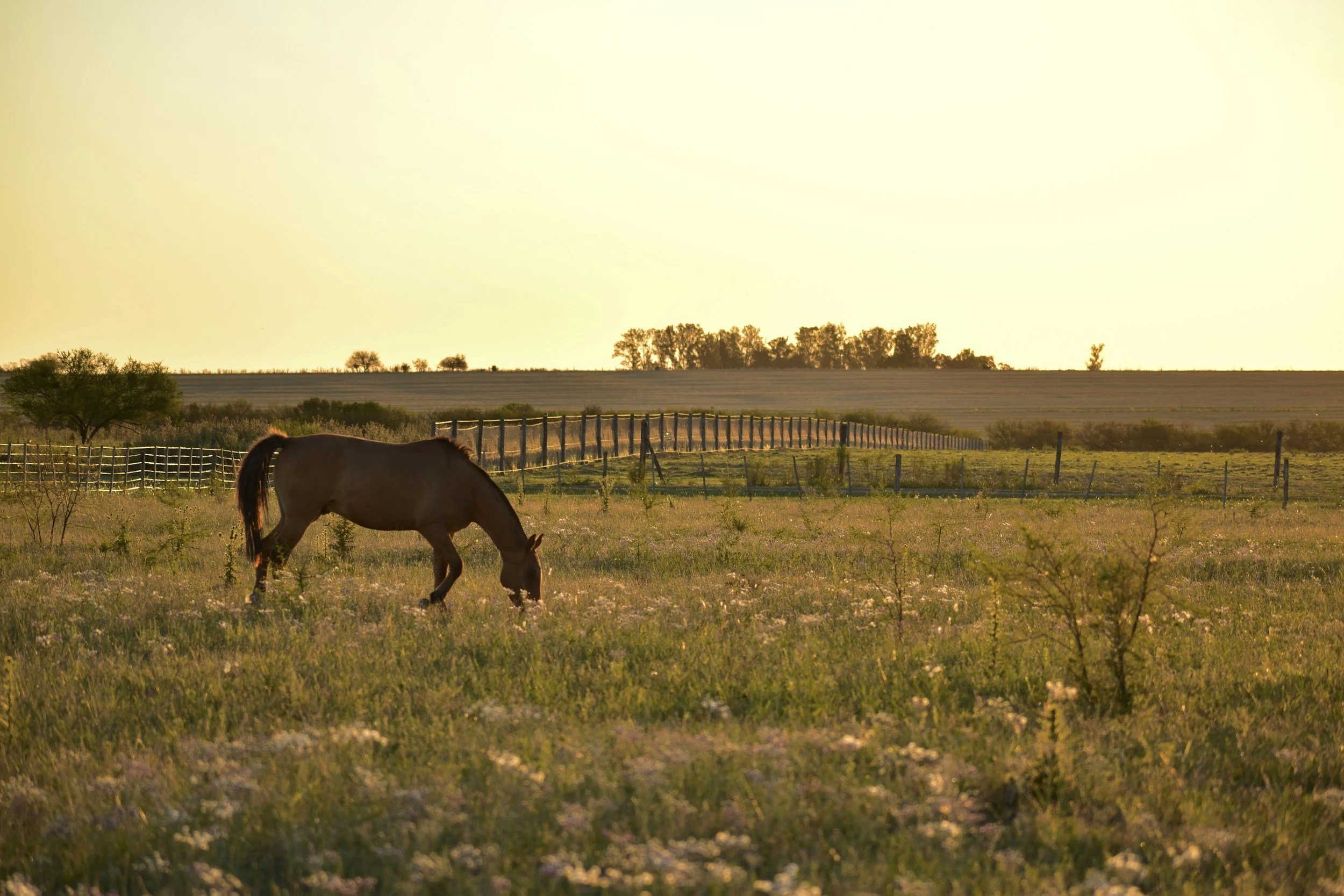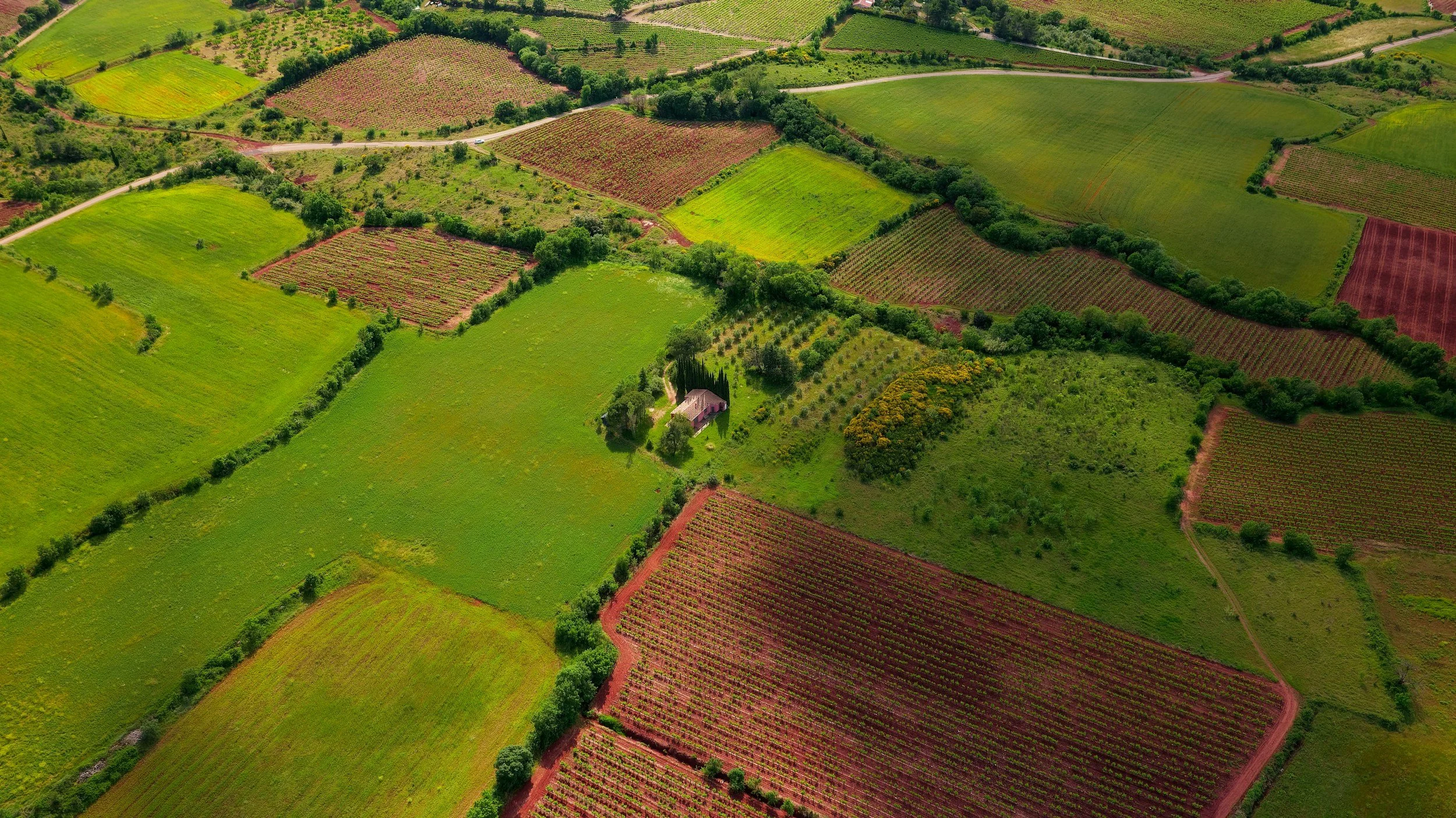Appearing in JNREL Vol. 20, No.2 the following Note was written by former staff member Elizabeth Clevinger. Staff member J. Anthony Cash wrote the following abstract.
The Bluegrass Region of Kentucky has gained great economic benefit from its agricultural lands, particularly those utilized by the equine industry. In addition to money, these farmlands provide a cultural and aesthetic value that is unique to the region and irreplaceable. However, these farmlands can become a victim of their own success. For as with any economic boon, comes development. In the Bluegrass Region of Kentucky, such development can easily consume the farmlands that made such growth possible.
With such a clash of competing and coalescing interests, the struggle to strike a balance between development and conservation of farmland is difficult. It is made increasingly difficult because farmland is privately owned and thus protection of farmland depends upon the cooperation of landowners. However, the creation of several non-profit and governmental bodies that engage in the purchase or collection of donated easements has helped to ease this tension. The easements collected by these organizations guarantee that the land will be available for farm use in perpetuity by restricting the use of farmland upon which the easement is placed.
Even with these easements a number of factors can still affect the balance between development and conservation. First, the donation of these easements is heavily dependent on the tax deductibility of these easements. However, Congress has considered reducing the amount of the deduction granted for these types of donations. Additionally, funding for the purchase of additional easements by the local and state governments is becoming increasingly difficult because funding is drying up. Finally, the community of farmers, entrepreneurs, developers, and ordinary citizens of the Bluegrass has not decided exactly how to find the balance that is needed between development and conservation. While there is no simple answer, it is important that whatever solutions are used balance the need for conservation against the need for economic development.





